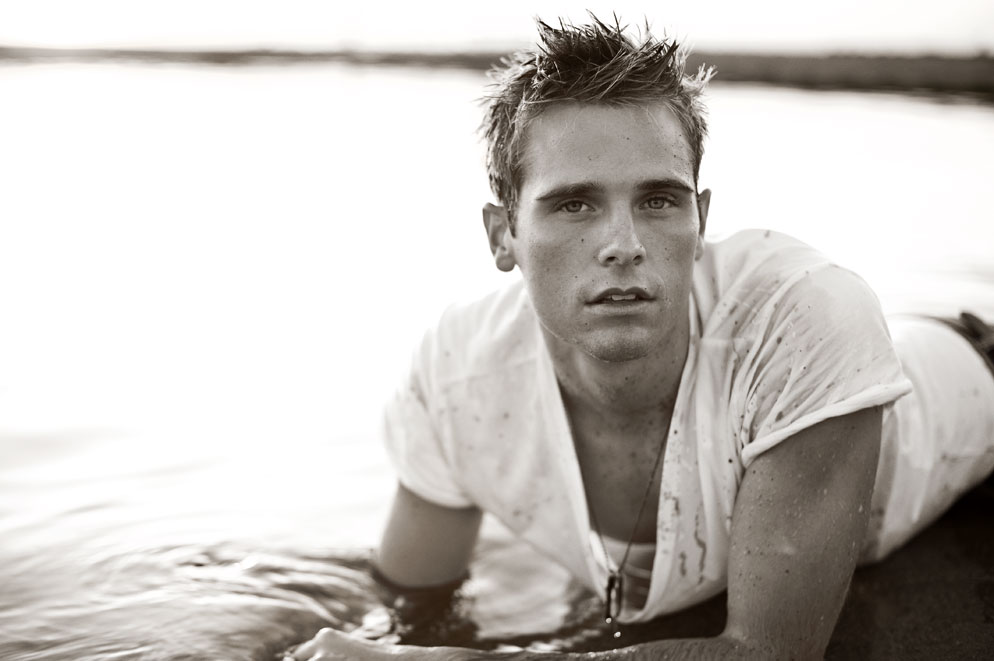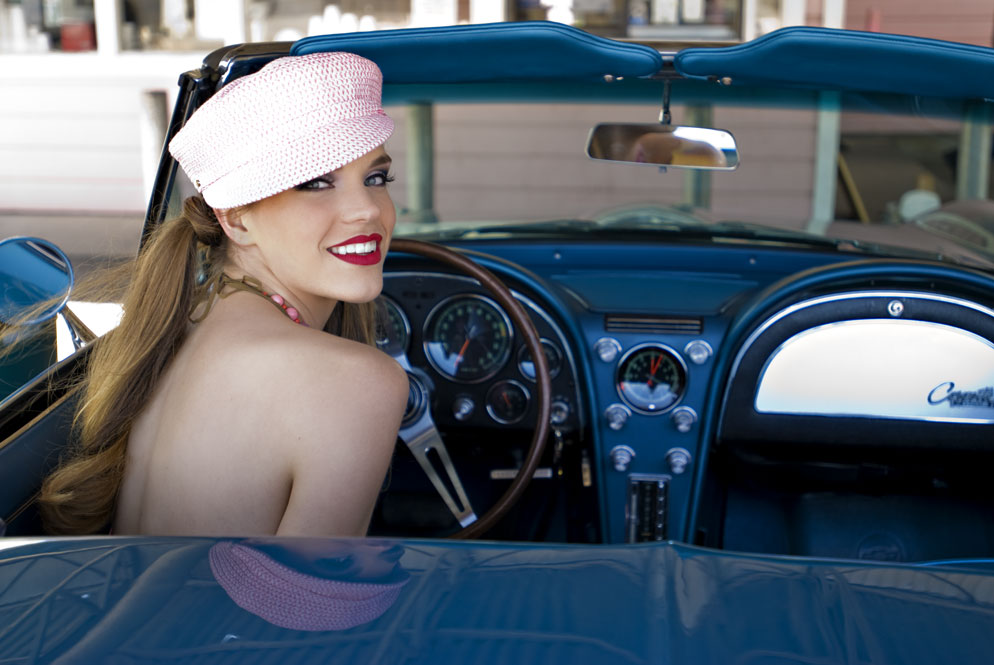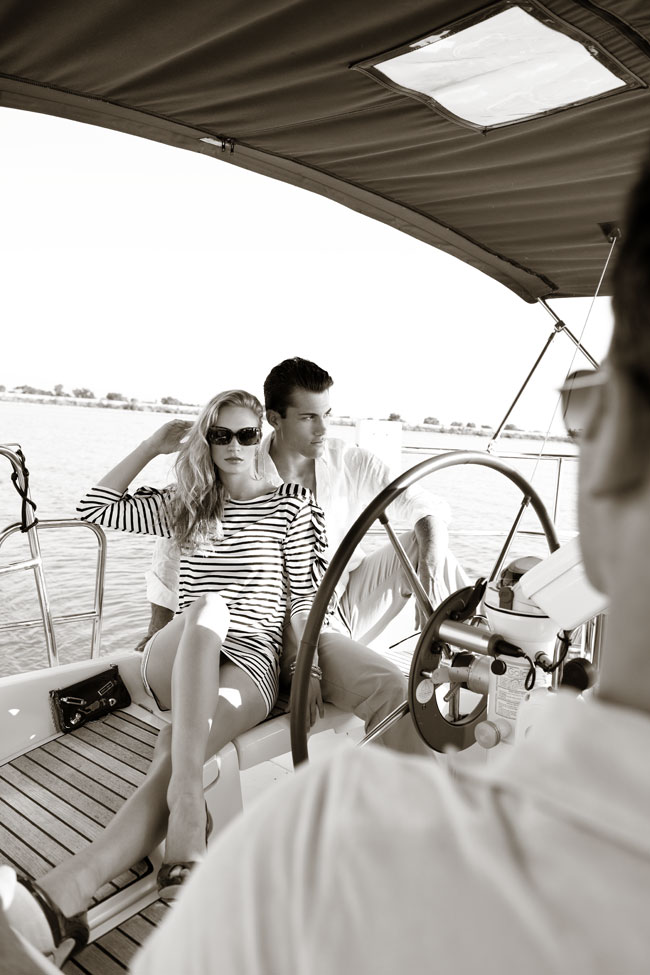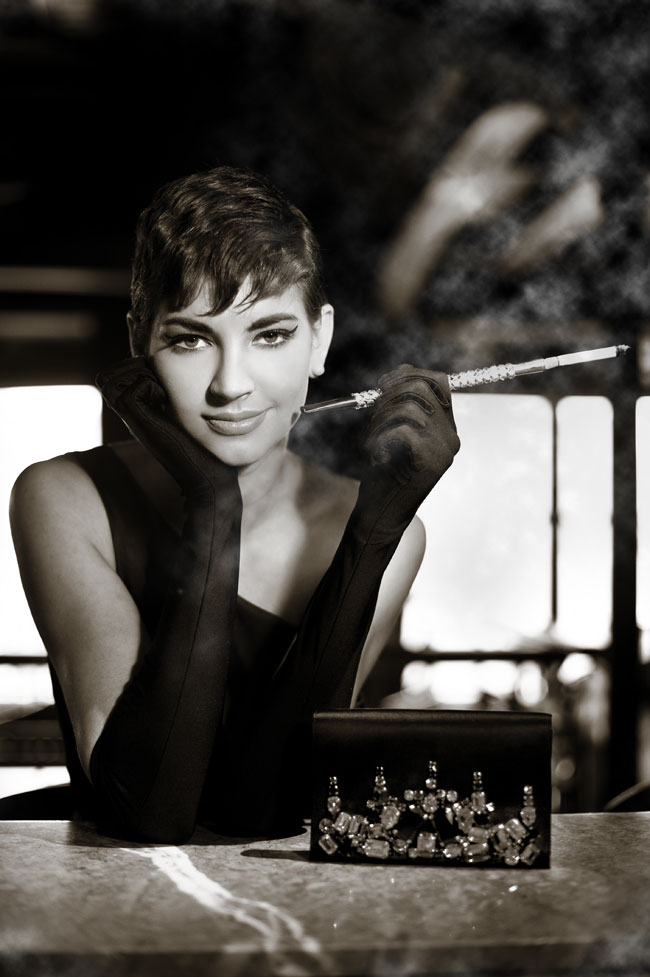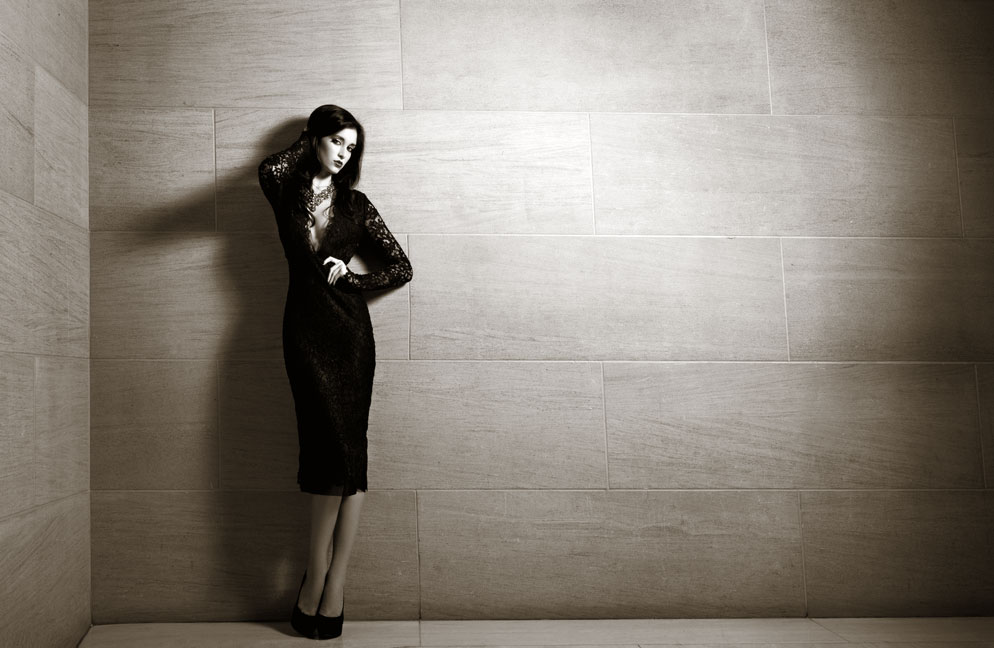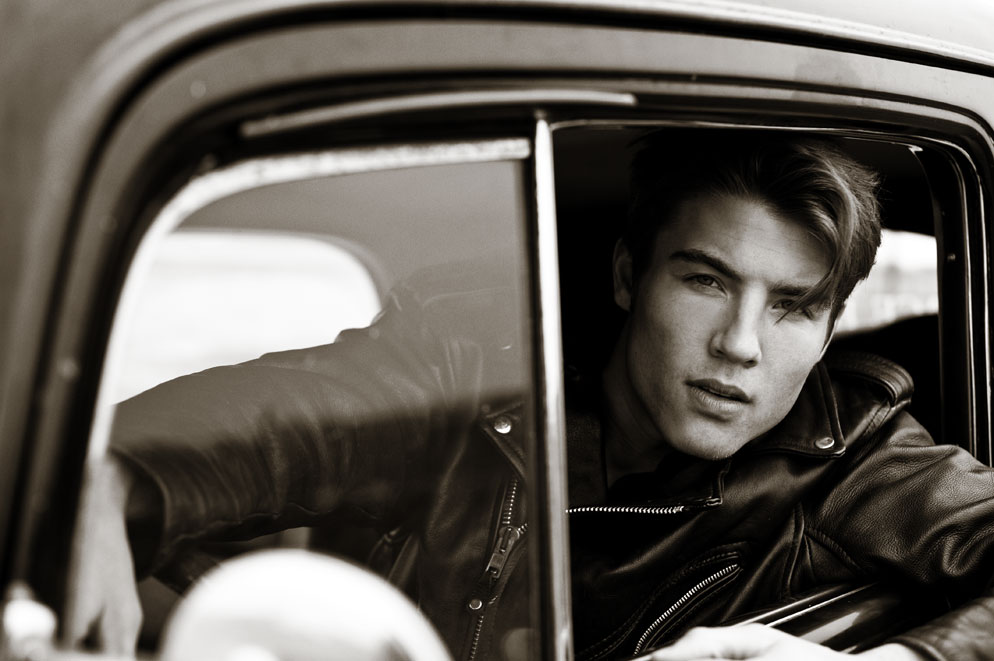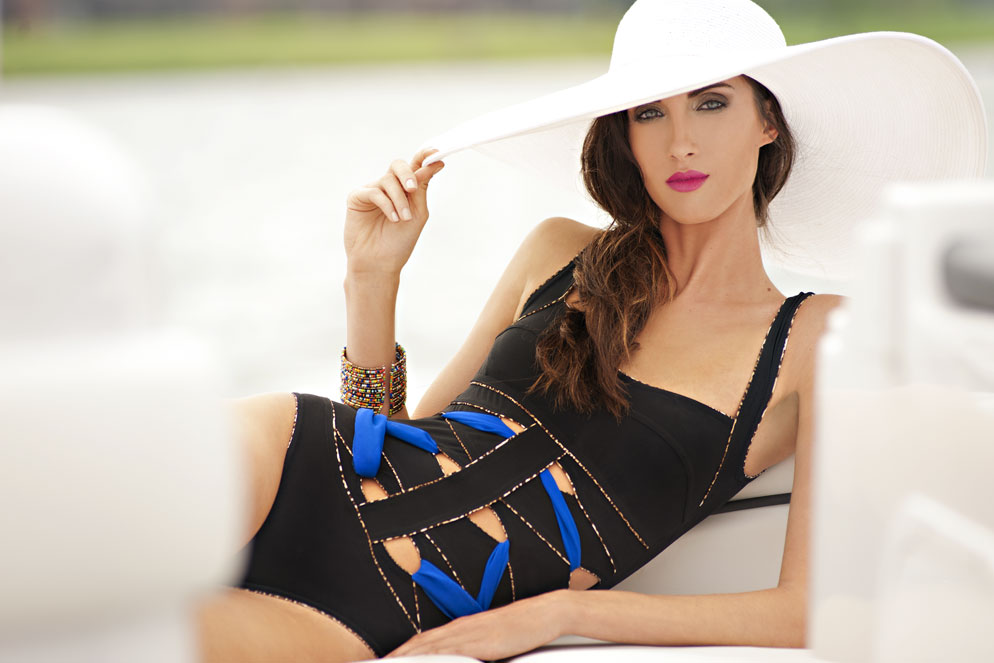The Inspired Image
One of the most important keys to Dixie Dixon’s images is communication. Not just from the client, for whom she may create, portray or interpret a concept, but to the team that will work with her on the shoot.
“Before a shoot I get everyone on the same page,” Dixie says. “I send out inspiration images; they can be anything—movie stills, pages from fashion magazines, images of artwork. I don’t copy concepts, but I take different elements—I might like the hair and makeup look from one shot, or a certain image might have the type of lighting I’m looking for. For a shoot I’ll have what I call a vision board where I put up the inspiration images with notes—this is the lighting, the posing—so everyone knows what I’m thinking.”
The idea is to take guesswork and interpretation out of the process; Dixie wants everyone to know what she’s going for. “You can talk all day about the kind of lighting or posing you want, but until people see it, it’s not really being communicated, and it’s always easier to define what you want with images. If you want a certain result, you’ve got to be sure the people you’re working with know the result you want.”
We know what you’re thinking: no one is named Dixie Dixon. You’re right, but her childhood nickname helped make Lyndsay Dixon all the more memorable when she started out in fashion photography a few years back.
“I did my first campaign in LA,” Dixie says of the early days, “and I can remember being really nervous. There was a huge sheet of paper with the names of all the people involved in the project, and my name was at the top, and I remember thinking, oh my gosh, they’re all depending on me to create these shots. I had to take a moment to compose myself.”
She quickly built a reputation as a skillful, energetic professional who could deliver imaginative, stylish images both on time and on budget.
What Dixie aims for in her photographs are elements of reality within the idealized image. “I try not only to highlight the models and the fashions, but to create a mood in my images that makes it a believable situation, to the point where you might think, this can be happening.”
Achieving a connection with her models sometimes takes patience. “When I’m on set, I never bark orders or tell a model that she’s not doing it right and has to change the poses. That does nothing but create bad energy. I’ll just keep shooting through it. Even if I know I’m not nailing a shot right then, and the model doesn’t have quite the look I’m looking for, I don’t tell her that—I just keep shooting until I get the moment. I’ll shoot a lot of frames, and I’ll get to what I want.”
What she often wants, and what her personal taste favors, is the black-and-white image, even though experience tells her that clients most often choose the color versions. Black-and-white, she says, flatters the model. “You get to more of the soul of the image. You’re looking at the person and capturing personality; you’re not distracted by color.” Dixie shoots color in the camera, then converts the photo in post-production. “A lot of times the client will pick the color shot, and I end up using the black-and-white for my book.”
Often her color images have a muted, almost pastel look to them. “I tend to desaturate after the shoot, especially the skin tones,” she says.
Lighting also contributes to the mood. “I like to use a lot of ambient light. I start with it, then add studio strobes or HMI constant lights that are used on movie sets. I prefer that to building a lighting setup from scratch with studio strobes. I feel that when you bring in a lot of lights you can overly complicate the image and stifle the mood. And I do a lot of low-light stuff—it’s amazing what the cameras can do in low light, and I can adjust the ISO frame to frame and then see the results instantly. I can see right away how I’m capturing the concept.”
Many of Dixie’s shoots are elaborate location efforts that can feature cars, boats or planes as well as models, stylists, assorted account executives, art directors and client reps. “In commercial photography, you have to show the type of production and the kind of ideas you’re capable of,” she says. “You have to show it in your personal work and in your collaborations. Your pictures have to demonstrate how you think and create, and how you can control the set and the crew.
“They have to show why your name is at the top of that list.”


